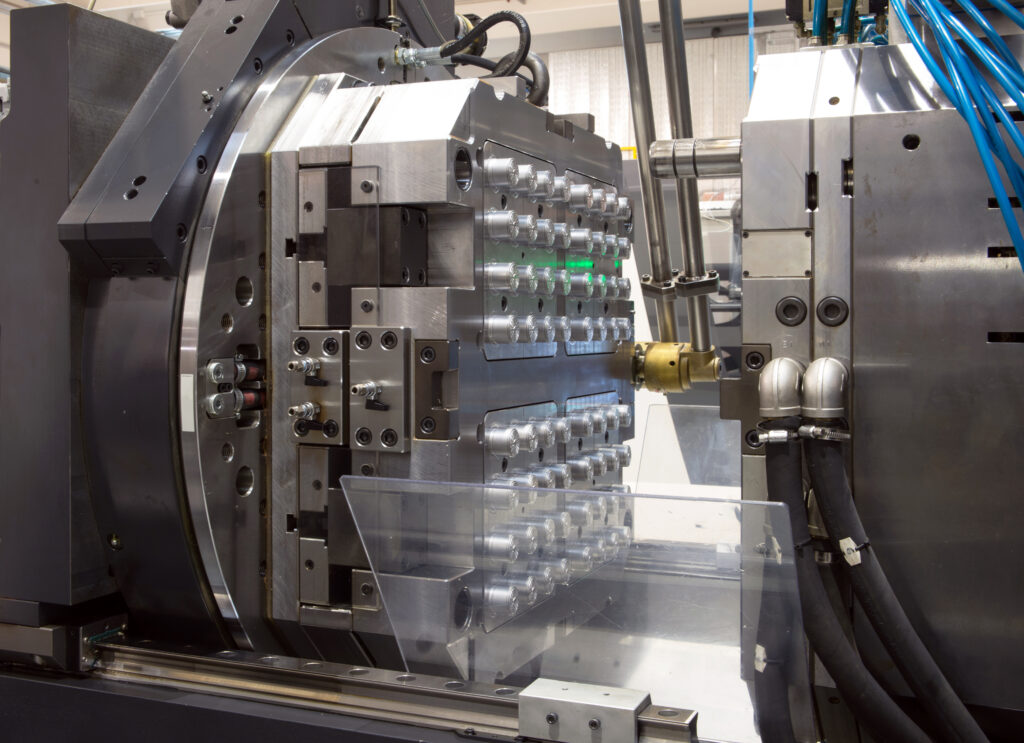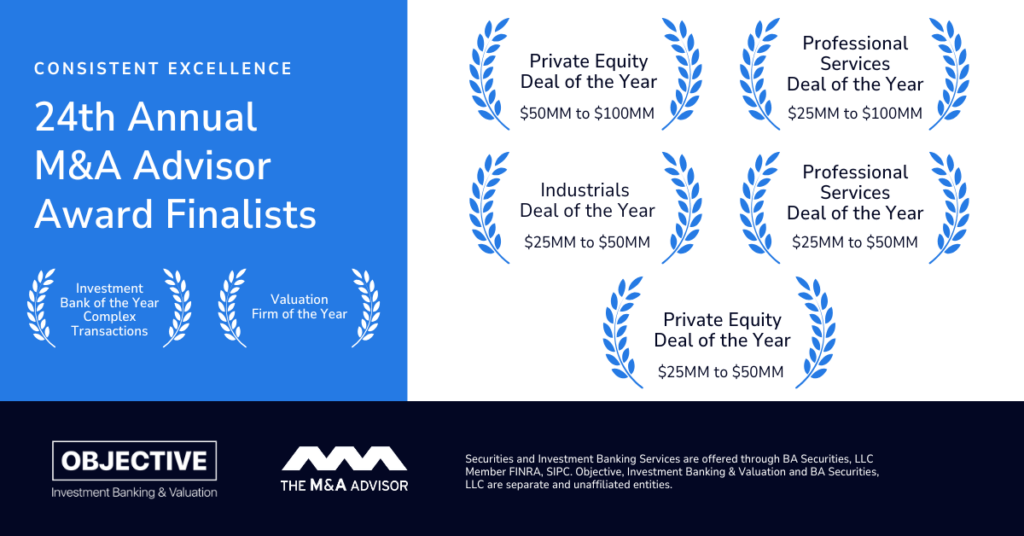Growth with No End in Sight
The U.S. data center industry is a cornerstone of the digital economy, underpinning cloud computing, artificial intelligence, streaming services, and remote work. From 2010 to 2030, U.S. data center capacity is expected to grow tenfold-from 10 gigawatts (GW) to as much as 100 GW. This rapid growth demands a vast range of electronic and other components, and it has become a major driver of merger and acquisition (M&A) activity. As infrastructure scales to meet digital demand, M&A transactions are increasingly critical in consolidating supply chains, driving innovation, and supporting the sector’s future. At Objective Investment Banking & Valuation, we are actively involved as advisors to the data center industry, providing transaction expertise and strategic guidance to stakeholders navigating this evolving landscape.
Growth in Data Center Capacity: 2010 to 2030
In 2010, the total U.S. data center capacity was about 10 gigawatts (GW) of IT load and 100 million square feet of space. Driven by the rise of internet services and early cloud platforms, capacity doubled to 20 GW by 2015, as companies like Amazon Web Services, Google, and Microsoft scaled their hyperscale infrastructure.
By 2020, capacity reached approximately 30 GW. The proliferation of cloud computing, the onset of AI workloads, and digital transformation initiatives led to aggressive expansions by both cloud providers and colocation operators.
Looking ahead, 2030 forecast models foresee 90 to 100 GWs in total, driven by hyperscale cloud and AI acceleration. Physical space is scaling in parallel, with the average facility size increasing 10% and campuses growing over 20% year-over-year as of 2024.
Essential Components
This expansion is heavily dependent on a wide array of industrial components, a few of which are listed below:
- Metals: Power cables, busbars, grounding, connectors, ducts, racks, trays, enclosures, various coatings, and battery systems.
- Plastics: Cable jackets, conduits, trays, and enclosures.
- Electronics: Switchgear, UPS units, power distribution units (PDUs), remote power panels (RPPs), and related PCBs, sensors, relays, capacitors, chipsets, and server boards.
M&A Activity: A Strategic Driver of Growth
The demand for these components has made M&A activity a strategic necessity in the data center sector. The evolving complexity and scale of infrastructure have pushed companies to acquire capabilities, scale production, and integrate vertically.
This activity is more than consolidation. It is foundational to growth. M&A has become a primary tool for securing supply, filling product gaps, and accelerating innovation. The heightened complexity of AI-ready infrastructure makes acquisitions especially attractive as a means of reducing time to market and securing proprietary technologies.
Private equity has been as active as strategics, acquiring and rolling up smaller vendors across the supply chain. These moves not only inject capital but also streamline fragmented networks, reinforcing resilience and scale.
Conclusion
The journey from 10 GW in 2010 to a potential 100 GW in 2030 defines the scale of transformation in U.S. data center infrastructure. This growth is made possible by a complex ecosystem of components and increasingly driven by M&A activity that enables supply chain integration, innovation, and responsiveness. Control sale transactions are not just reflections of market maturation; they are strategic levers supporting one of the fastest-growing sectors of the digital economy. As demand for AI, cloud services, and edge computing accelerates, M&A will remain central to building the next generation of American data infrastructure.
About the Author

Managing Director
Manufacturing & Distribution Practice Leader
Dan Shea has over 25 years of experience advising business owners and executives on complex transactions, strategic initiatives, and growth opportunities. He leads the Manufacturing & Distribution Practice, and helps drive business development and transaction advisory efforts across the broader Investment Banking Group. Prior to joining the firm, Mr. Shea held senior roles at BDO Capital, Hadley Partners, WYCampbell & Company, and Ernst & Young Corporate Finance. He holds an MBA in Finance from Case Western Reserve University and a BA in Economics from the University of Michigan. Dan has been cited for his expertise by various publications including The Wall Street Journal, Dow Jones’ Private Equity Analyst, U.S. News & World Report, and other leading publications.
Disclosure
This news release is for informational purposes only and does not constitute an offer, invitation or recommendation to buy, sell, subscribe for or issue any securities. While the information provided herein is believed to be accurate and reliable, Objective Capital Partners and BA Securities, LLC make no representations or warranties, expressed or implied, as to the accuracy or completeness of such information. All information contained herein is preliminary, limited and subject to completion, correction or amendment. It should not be construed as investment, legal, or tax advice and may not be reproduced or distributed to any person. Securities and investment banking services are offered through BA Securities, LLC Member FINRA, SIPC. Principals of Objective Capital are Registered Representatives of BA Securities. Objective Capital Partners and BA Securities are separate and unaffiliated entities.








